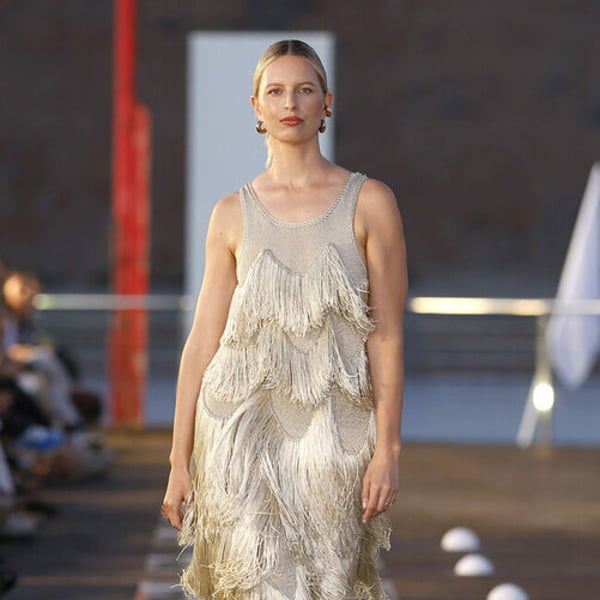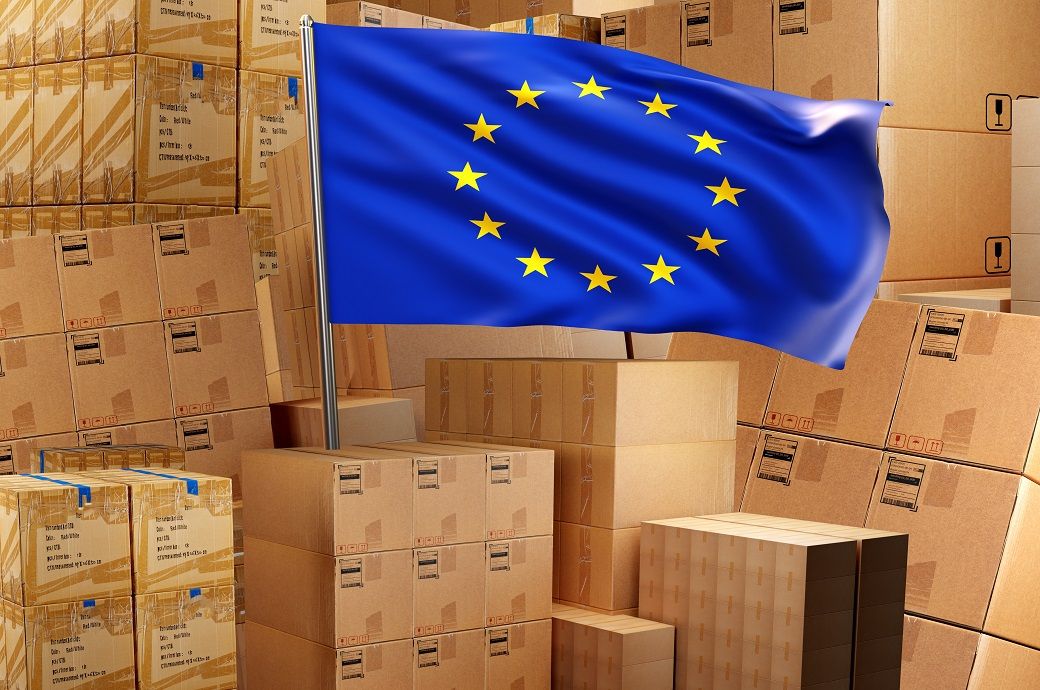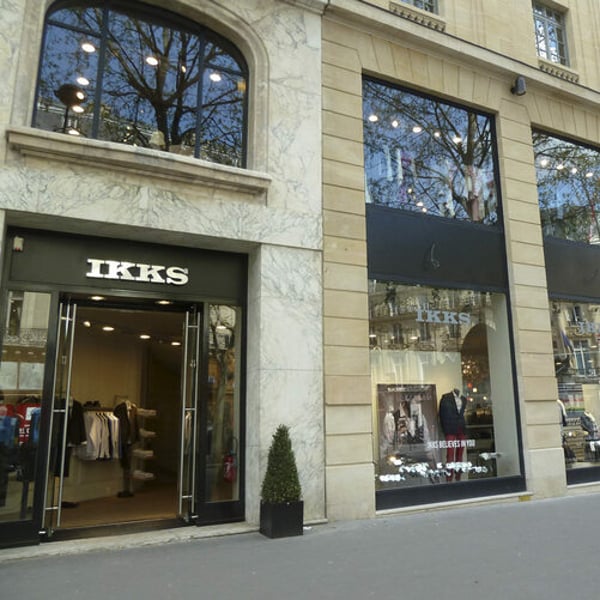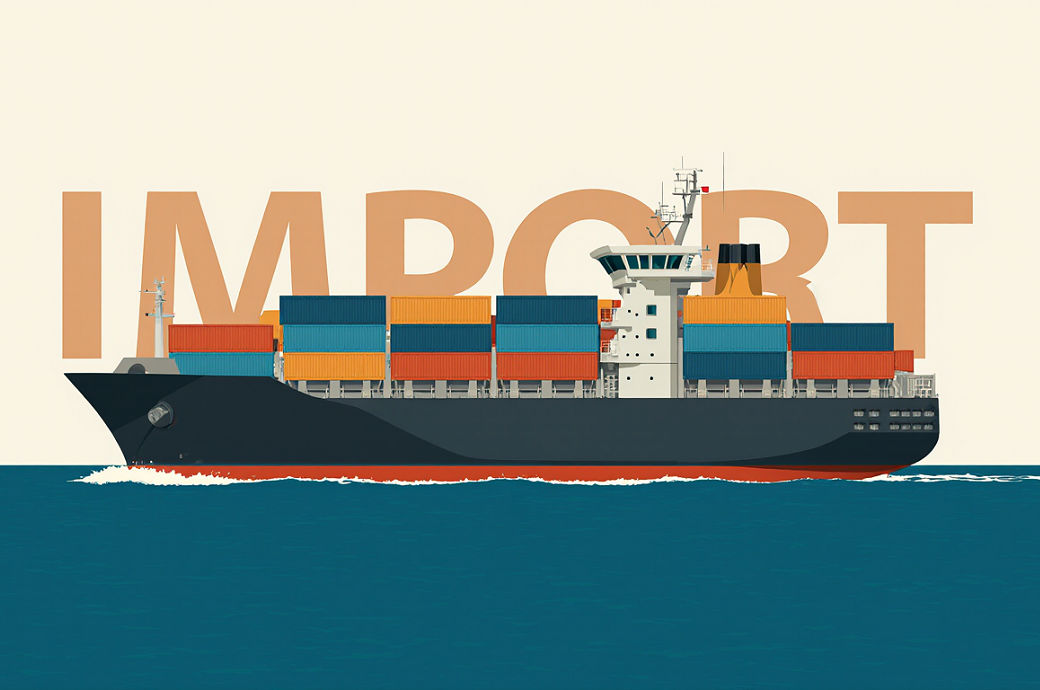Fashion
Gran Canaria Swim Week closes most international edition to date, showcasing 44 brands and designers

Published
October 28, 2025
Swimwear once again takes centre stage in the Canary Islands. Gran Canaria Swim Week 2025, held from 22 to 25 October, brought together nearly fifty national and international brands and designers at the Expomeloneras exhibition centre, opening with an open-air first day.
According to the latest industry data, the event generates an economic impact of €6.25 million, boosting sectors such as restaurants, hospitality and transport, while the island’s fashion companies increased their turnover in 2024 by 24.58% on the previous year, when they recorded a total turnover of €1.1 million, consolidating Gran Canaria as the European epicentre of the sector.
A total of 44 brands from the local, national and international scene participated in this edition. Specifically, the event brought together 27 Canarian firms from Gran Canaria, La Palma, Tenerife and Lanzarote, as well as nine from mainland Spain and eight international. A line-up that demonstrates the consolidation and evolution of the event in recent years.
“You can see the evolution, and the project is taking clearer shape,” said Carlos San Juan, a long-standing figure on the catwalk, who highlighted the professional growth and international reach that Gran Canaria Swim Week has achieved.
Karolína Kurková, the star of the opening day
The opening day, held in Pasito Blanco, a marina in the south of the island, offered a different format with open-air catwalk shows by the sea. Czech supermodel Karolína Kurková, the face of the event, took part in several shows and provided one of the day’s highlights, arriving by boat to open the Victoria Cimadevilla show. The Oviedo-born, Madrid-based designer presented a collection inspired by Truman Capote’s Swans, “something glamorous, pure and that embodied the society of the time,” as she explained to FashionNetwork.com, crafted primarily in neoprene, in a black-and-white palette.
Local talent was once again a cornerstone of the event, with names such as Palmas, Diazar, Mare Far Niente, Pomeline and Elena Morales, underscoring the islands’ creative richness. Morales, one of Gran Canaria’s best-known designers, offered a more intimate, emotionally driven collection this time.
“Since my first show in 2018, the brand has evolved in all aspects. It is more developed and consolidated. I also enjoy the chaos of the catwalk more now,” she explained.
Her new collection, romantic and fluid in lightweight fabrics such as chiffon and kaftans, was presented in a show that departed from the energetic tone of her previous presentations, where techno music often took pride of place, in favour of something subtler, accompanied by Afro-Cuban notes, in tribute to the designer’s late grandfather.

Among the national brands, highlights included Ágatha Ruiz de la Prada, faithful to her playful and colourful universe; Bohodot, with its “Raíces del Sol”collection inspired by the Mediterranean; Fiona Ferrer, who combined local craftsmanship and international references, featuring Snoopy details that nodded to her FFL x Peanuts line; and the veteran Dolores Cortés, with decades on the catwalk.
“We are delighted to come, as always,” said Óscar Colomer, CEO of the family firm from Castellón and grandson of its founder, noting that, having taken part in practically every edition, “we have noticed a spectacular evolution of the event.”
The brand presented an exclusive selection from its “Earth” line, focused on neutral tones, natural fabrics and handcrafted techniques, reaffirming its commitment to meticulous production and sustainable design.
The international dimension of this edition came courtesy of names such as British designer Melissa Odabash, who celebrated 25 years in swimwear with the “Cruise 2026” collection, inspired by 1970s resort glamour; Colombian label Macaed, with a menswear offering imbued with Caribbean spirit and artisanal construction; Banana Moon, founded in Monaco, which fused Western style with a beach sensibility through fringing and synthetic suede; and Italian brand Miss Bikini, which presented “Boho Dream”, a collection blending craftsmanship and luxury with paisley prints, crochet and eco raffia accessories. “Beyond bikinis, our dress offering also accounts for a significant share of our sales,” noted Andrea Teofilatto, the brand’s founder and CEO, of a range made entirely in Italy with fabrics from Como.
The GCSW 2025 Awards recognised the work of three brands
The Gran Canaria Swim Week 2025 awards ceremony brought the final day to a close, with three brands receiving €3,000 each. Italian designer Dan Ward was recognised with the Best Collection Award, thanks to a collection that fused elegance and functionality with a resort sensibility, while the award for Best Sustainable Collection went to Canarian designer Elena Morales, for her artisanal work and commitment to the environment. Meanwhile, the Gran Canarian brand Mare Far Niente won the Best Emerging Collection award with “Viaje a la calma”, inspired by the Mediterranean and everyday life, underpinned by a commitment to the local.

The winning brands were selected by a jury comprising names such as Pepa Bueno, executive director of the Association of Spanish Fashion Creators (ACME); Simona Severini, director of White Milano; Scott Lipinski, CEO of the International Fashion Committee; Melanie Bauer, buyers’ representative; Araceli Díaz, representative of the Cabildo de Gran Canaria; Grisel Fernández, international adviser to the Chamber of Commerce; and Esther García Capdevila, director of Esma Events and creative director of Gran Canaria Swim Week.
With the backing of the Cabildo de Gran Canaria, through the Gran Canaria Moda Cálida programme, created in 1996 by the Cabildo’s Department of Industry, Commerce and Crafts, and supported since 2017 by ACME, the event reaffirmed with this new edition its role as an economic driver and platform for talent. \
“Gran Canaria has established itself as the island specialising in swimwear and as the leading European platform in this field,” stressed Minerva Alonso, councillor for economic development of the Cabildo, noting that, looking ahead, “the goal is to continue growing and consolidating our position not only as the benchmark swimwear catwalk in Europe, but also as a global reference point.”
This article is an automatic translation.
Click here to read the original article.
Copyright © 2025 FashionNetwork.com All rights reserved.
Fashion
EU to levy €3 customs duty on small e-commerce parcels from July 2026

EU officials said the measure aims to address unfair competition faced by EU sellers, alongside concerns over consumer health and safety, widespread fraud, and environmental impact linked to high volumes of low-value imports. Around 93 per cent of e-commerce flows into the EU are expected to fall under the scope of the new duty, the Council said in a press release.
EU Council has agreed to impose a fixed €3 (~$3.52) customs duty on small parcels valued below €150 entering the bloc from July 1, 2026.
The temporary measure targets e-commerce imports, addressing unfair competition, fraud, and safety concerns.
It will apply mainly to goods sold by non-EU sellers registered under the Import One-Stop Shop and remain until a permanent customs reform takes effect.
The €3 rate will apply to goods sold by non-EU traders registered under the EU’s Import One-Stop Shop for VAT purposes. The Council clarified that this customs duty is separate from a proposed handling fee being discussed under the broader customs reform and the EU’s multiannual financial framework.
The temporary duty will remain in force until a permanent system agreed in November 2025 comes into application, which would remove the €150 duty-free threshold altogether and subject all such goods to standard EU tariffs. The European Commission will periodically review whether the duty should also extend to goods sold by traders not registered under the Import One-Stop Shop (IOSS).
Fibre2Fashion News Desk (KD)
Fashion
IKKS: Paris commercial court approves acquisition bid by Santiago Cucci and Michaël Benabou

Translated by
Nicola Mira
Published
December 12, 2025
On Thursday December 12, the Paris commercial court decided on the future of French premium ready-to-wear retailer IKKS. At the end of a receivership procedure involving several purchasing bids for IKKS, the court has approved the offer by Santiago Cucci, who was named president of the group’s holding company HoldIKKS last year, and Michaël Benabou, co-founder of event sales site Veepee.
The court’s decision has put an end to months of uncertainty for IKKS’s employees. According to figures drawn up by the receivers at the end of August, the group’s staff numbered 1,287 worldwide, 1,094 of them in France. At the time, the group had 473 stores between France and 11 other countries, plus headquarters in the town of Saint-Macaire-en-Mauges and offices in Paris.
IKKS gave a design make-over to its collections in summer, and in September it applied for receivership, after the group’s main shareholders, US investment funds Avenue Capital, CarVal Investors and Marathon Asset Management, expressed their wish to sell the company.
The IKKS group, which operates the eponymous brand as well as One Step and ICode, is still a leading international ready-to-wear retailer in the premium segment, operating several hundred retail outlets (between directly owned and franchised stores, and concessions) in nine countries. The path to new ownership has been complex, since the group was split in several entities, and none of the purchasing bids referred to the group as a whole.
The winning bid’s details
Cucci and Benabou have convinced the court after recently revising their bid upwards. Initially, the bid related to 141 stores, 88 of them directly owned, and 391 company employees.
The deal was clinched after the bid was extended to include 219 stores in France: 92 of them directly owned, 100 franchised, plus 27 Galeries Lafayette concessions. The employees associated to the directly owned stores are 546.
Benabou and Cucci, a former senior executive at Levi’s and a strategic advisor to G-Star, have taken over the IKKS business and are planning to operate a more streamlined store fleet. They will focus on womenswear and menswear, while childrenswear has been put on hold.
The dossiers given to prospective buyers indicated that the IKKS brand accounted for 80% of the group’s revenue, that 64% of its revenue was generated by womenswear, 21% by childrenswear, and 15% by menswear. When the company applied for receivership, direct retail accounted for 77% of revenue, e-commerce (both B2B and B2C) for 20%, and the remaining 3% was generated through the wholesale channel.
Rejected bids
The bid by sustainable fashion brand Faguo, which had been revised to include 15 stores and 30 jobs, was rejected. French group Beaumanoir (which owns womenswear brands Morgan and Caroll) had teamed up with Faguo, offering €1 million to buy the IKKS brand name and some of the stores.
Another rejected bid was put forward by Salih Halassi’s company Amoniss, a shareholder in Pimkie which recently acquired Christine Laure and Chevignon. It initially bid for a minimum of 168 stores and 393 employees.
BCRI Holding, which recently bought Café Coton, initially offered to buy 67 stores with a total of 426 employees. While AA Investments (owner of Smallable, L’Exception and Bonne Gueule) was interested in IKKS’s intangible assets. Verdoso, new owner of The Kooples, withdrew its bid before the November 28 hearing.
Since none of the bids related to the Icode and One Step brands, and to IKKS childrenswear, some of the latter’s stores in France have now closed. The new owners are therefore concentrating on the IKKS brand, out of a group fleet that had 550 stores as of the end of 2024, though streamlining measures started in H1 this year.
The brand’s employees are now hoping IKKS will be able to regain momentum as a recognised name in the premium ready-to-wear segment.
Copyright © 2025 FashionNetwork.com All rights reserved.
Fashion
Bangladesh industrial importers get 3-yr usance term for capital goods

A circular by the central bank said the policy update follows the decision reached at the 186th meeting of the Scrutiny Committee on Foreign Loan/Supplier’s Credit of the Bangladesh Investment Development Authority (BIDA). The aim is to facilitate industrial growth.
Bangladesh Bank recently announced that authorised dealers may now allow their industrial importers to import capital goods on a usance term of up to three years under supplier’s or buyer’s credit.
The aim is to facilitate industrial growth.
However, usance period for import of spares will not be more than 360 days in all cases, a circular by the central bank said.
”The usance tenure shall also be applicable to such imports by industrial enterprises operating in export processing zones or private export processing zones/economic zones/hi-tech parks and other areas designated as specialised zones by the government. However, usance period for import of spares will not be more than 360 days in all cases,” the circular added.
Fibre2Fashion News Desk (DS)
-

 Politics6 days ago
Politics6 days agoThailand launches air strikes against Cambodian military: army
-

 Sports1 week ago
Sports1 week agoAustralia take control of second Ashes Test | The Express Tribune
-

 Fashion6 days ago
Fashion6 days agoGermany’s LuxExperience appoints Francis Belin as new CEO of Mytheresa
-

 Politics6 days ago
Politics6 days agoZelenskiy says Ukraine’s peace talks with US constructive but not easy
-

 Politics7 days ago
Politics7 days ago17 found dead in migrant vessel off Crete: coastguard
-

 Tech1 week ago
Tech1 week agoWIRED Roundup: DOGE Isn’t Dead, Facebook Dating Is Real, and Amazon’s AI Ambitions
-

 Business1 week ago
Business1 week agoNetflix to buy Warner Bros. film and streaming assets in $72 billion deal
-

 Tech1 week ago
Tech1 week agoMIT researchers “speak objects into existence” using AI and robotics


















